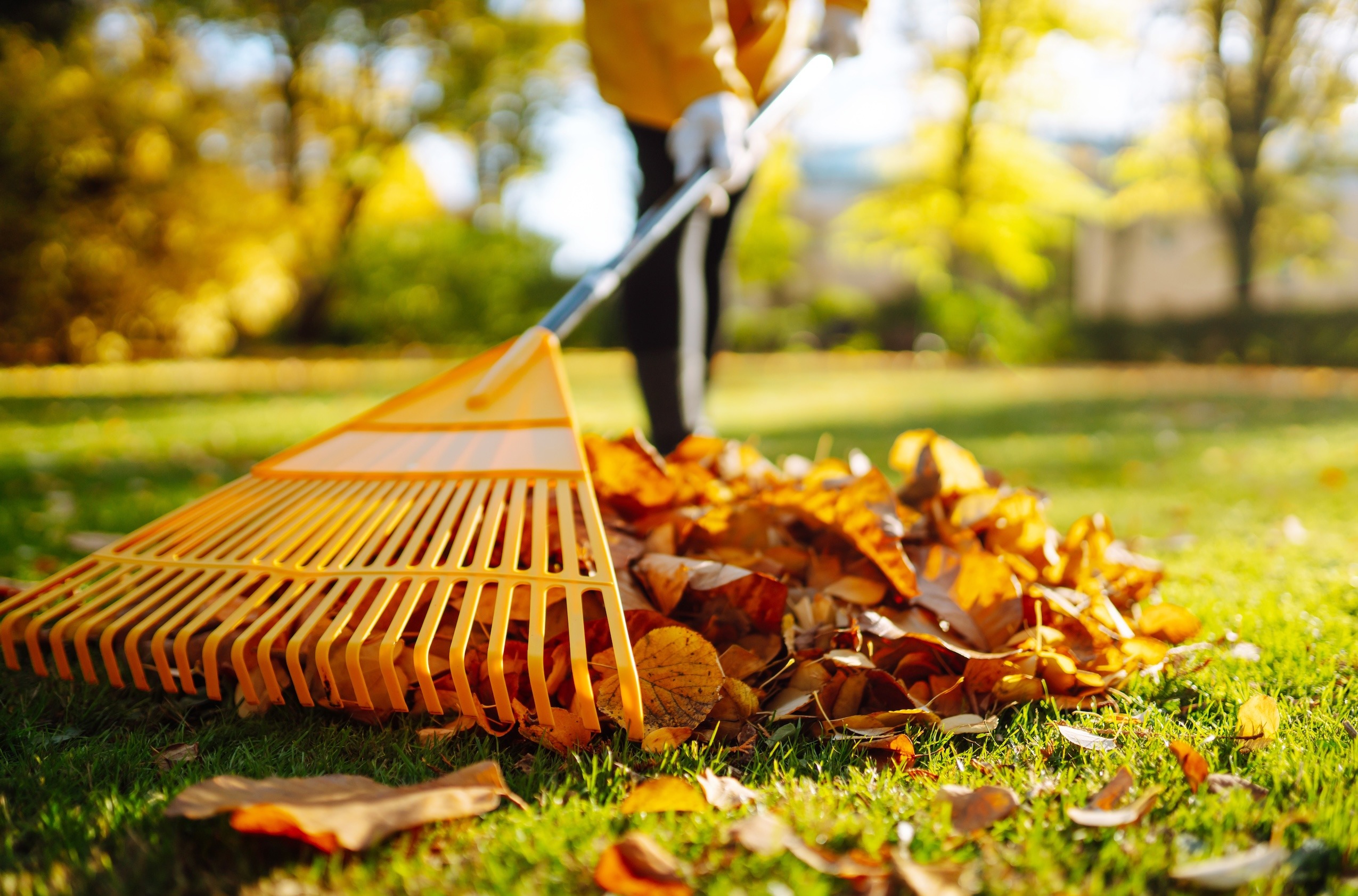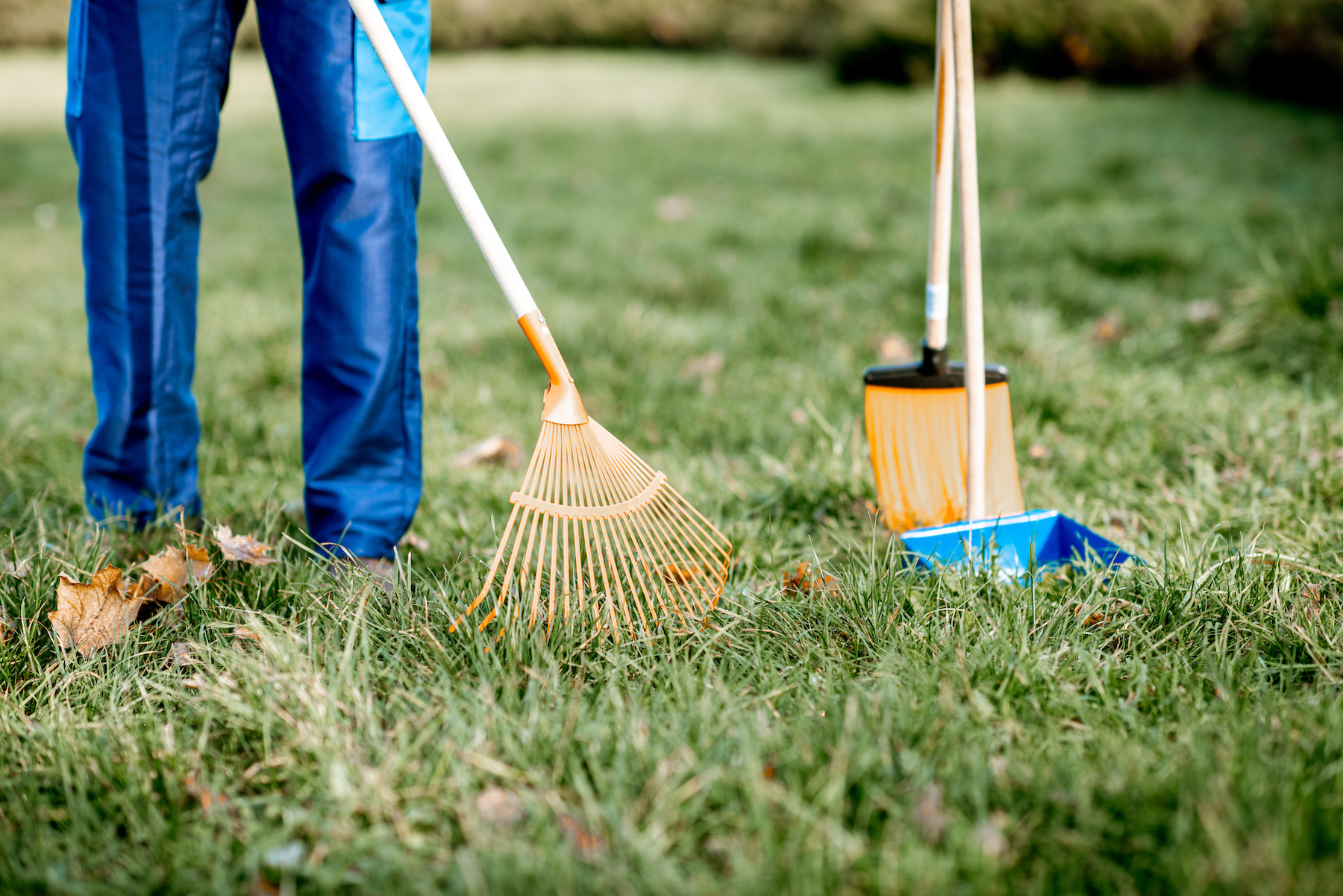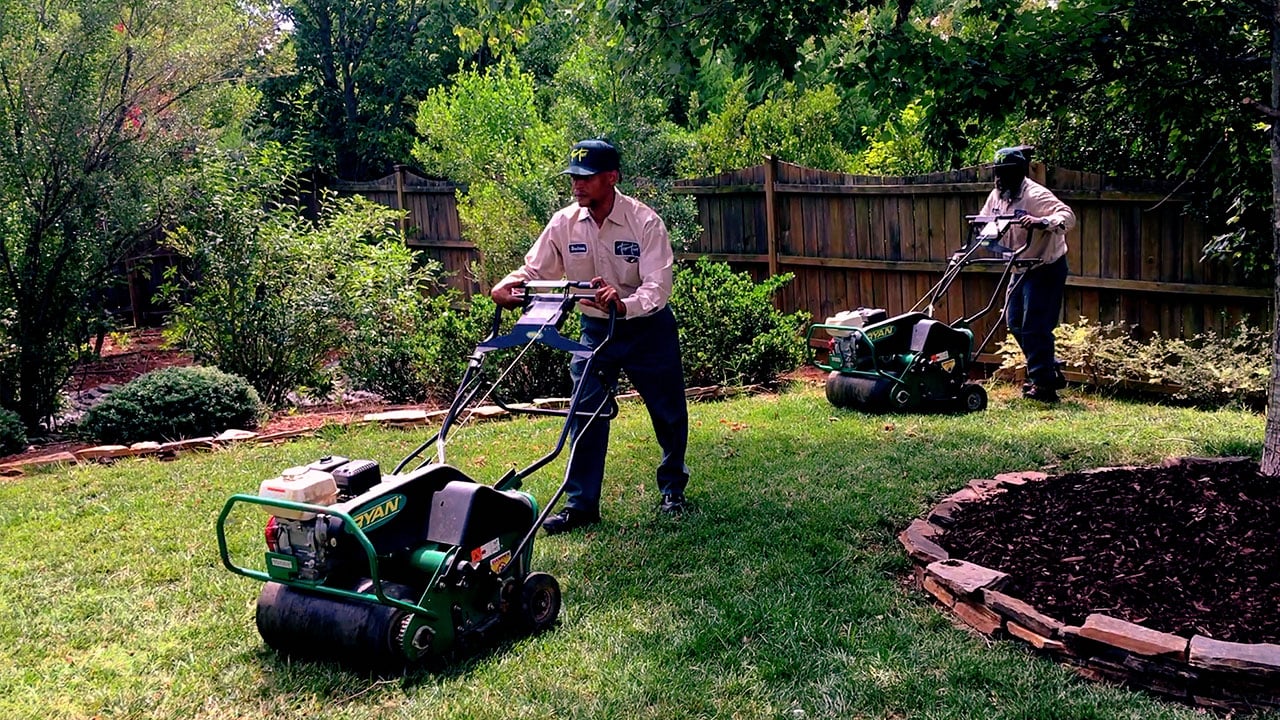Fall Cleanup Checklist: The Ultimate Guide for Yard & Garden Prep
Fall Cleanup Checklist for Your Yard and Garden As the weather cools down, fall presents the perfect time to prep your yard and garden for winter and...

Yes! Excessive leaves on your lawn going into winter is bad for several reasons. Here's why–
Grass Smothering
When leaves blanket your lawn, they deprive the grass of sunlight, a key component for photosynthesis. Even in the cooler months, your lawn benefits from the sunlight it receives to maintain its health and prepare for spring growth.
Inhibited Spring Growth
A thick layer of leaves can create a barrier that prevents air circulation, water penetration, and sunlight from reaching the soil. This can stunt your lawn's ability to wake up strong and healthy when the growing season begins.
Increased Risk of Snow Mold Diseases
Snow mold thrives in damp, insulated conditions, which are often created when leaves are left to pile up on the lawn. The mold can damage your grass and delay its recovery in spring.
Turf Damage from Critters
Piles of leaves provide a cozy habitat for critters like voles, mice, and other rodents. These animals can cause significant damage by burrowing and feeding on your turf throughout the winter.

Fall Cleanup Checklist for Your Yard and Garden As the weather cools down, fall presents the perfect time to prep your yard and garden for winter and...

NOTE: Aeration and seeding is only effective for cool-season grass types, like Tall Fescue, in early autumn. Please see our Aeration & Seeding page...

As the temperatures cool and the days get shorter, many homeowners assume that lawn watering is no longer necessary. After all, summer’s blazing sun...